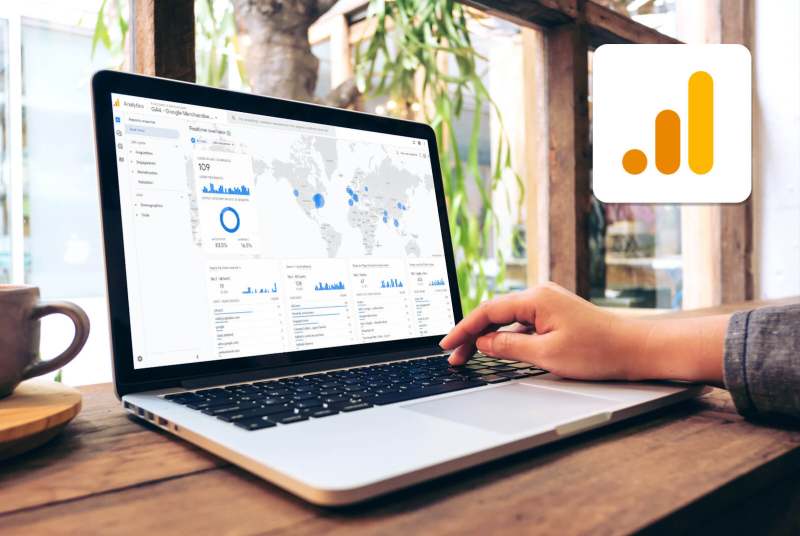It’s been just over a year since Google started phasing out UA services as part of its plan to discontinue the legacy platform. From July 1 2024, Universal Analytics will be shut down for good, all data will be deleted and users will no longer be able to access their old UA properties or APIs.
Businesses have until then to migrate any historical data to their GA4 property which hasn’t been automatically transferred over. Google has previously stated that users will likely need to complete a manual migration themselves to guarantee all past data is saved. Many attractions have been slow to act on this, which means they now risk losing the benefits of YoY comparisons to benchmark performance going forwards.
With the final switch on the horizon, it’s also an ideal time to take stock of your journey with Google Analytics 4 so far. There are more options than ever when it comes to drilling down into customer behaviour, spotting recurring trends and optimising key processes, so it will naturally take some time to master the new platform’s capabilities.
We’ve created this essential guide to walk you through the main features and functions that GA4 offers, as well as some notable departures from the old UA platform.







